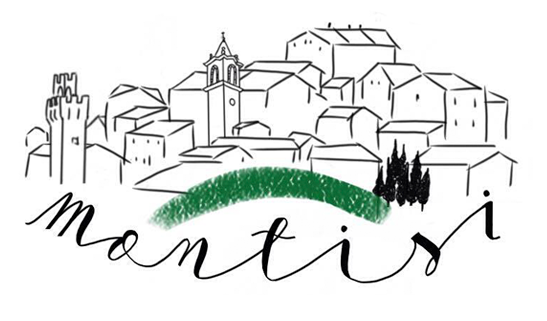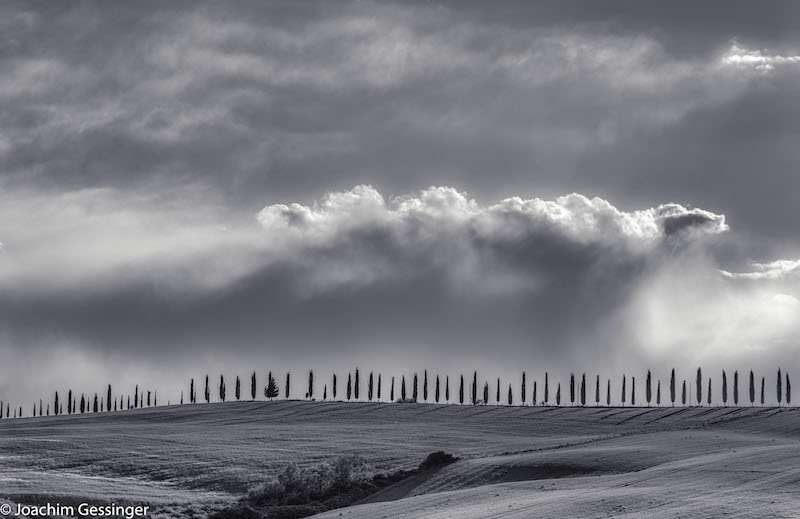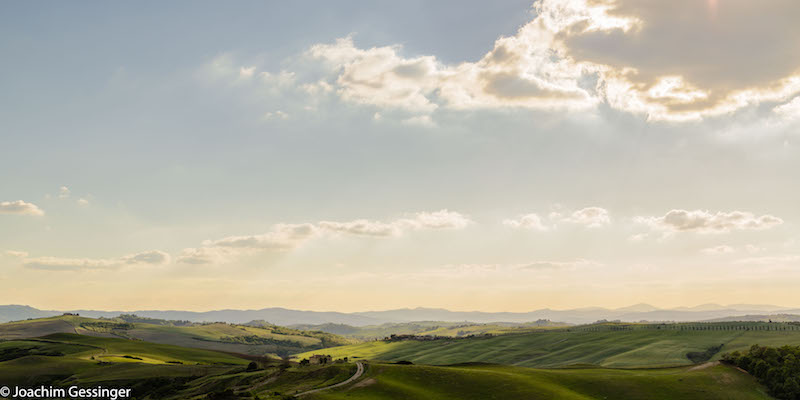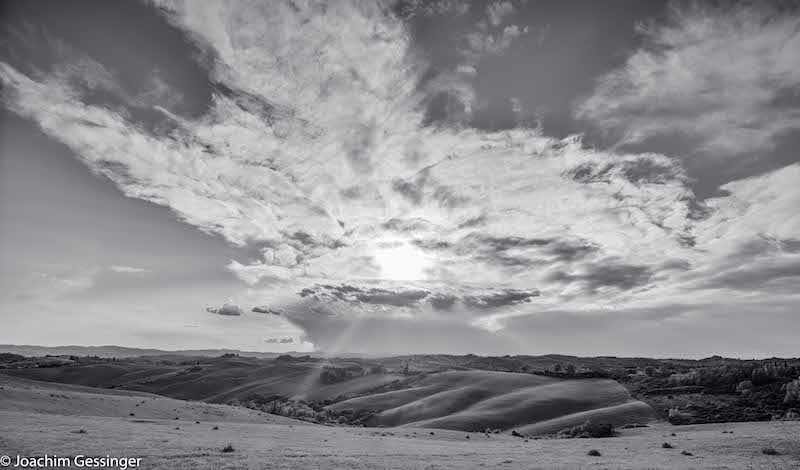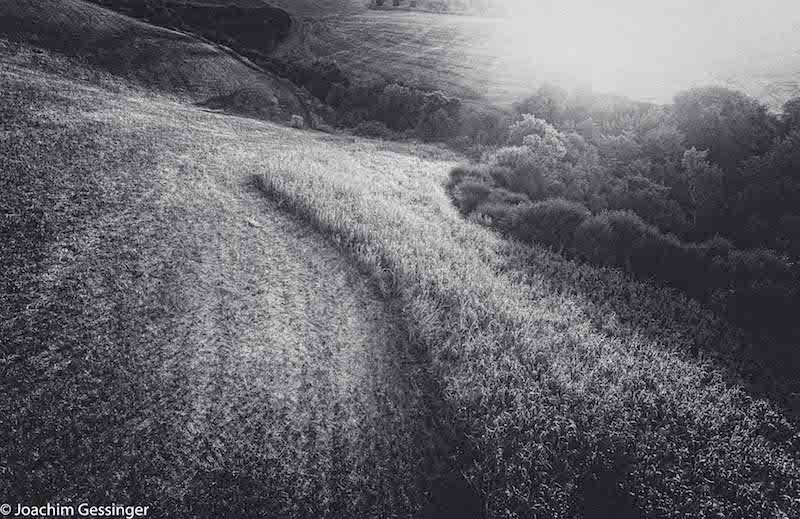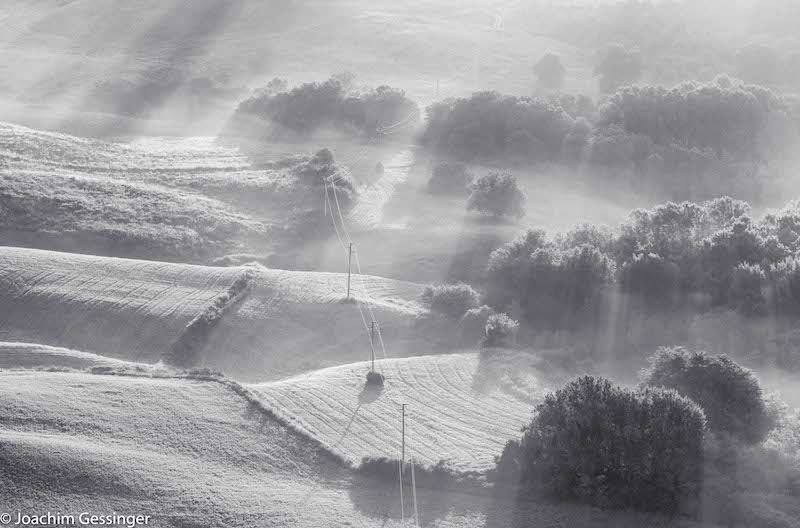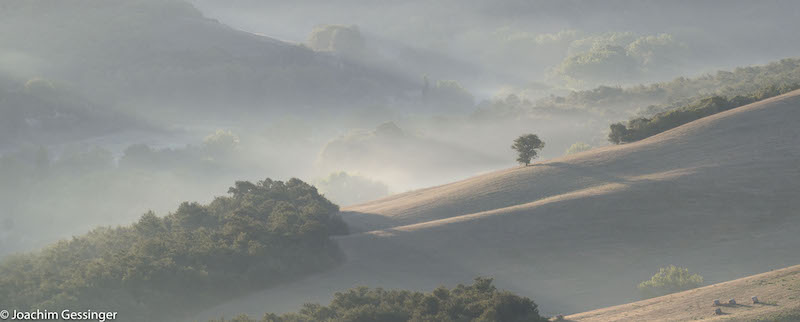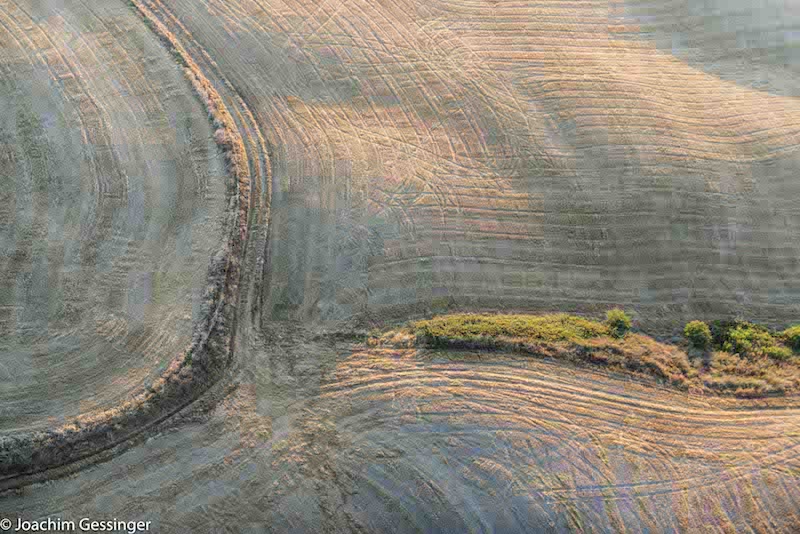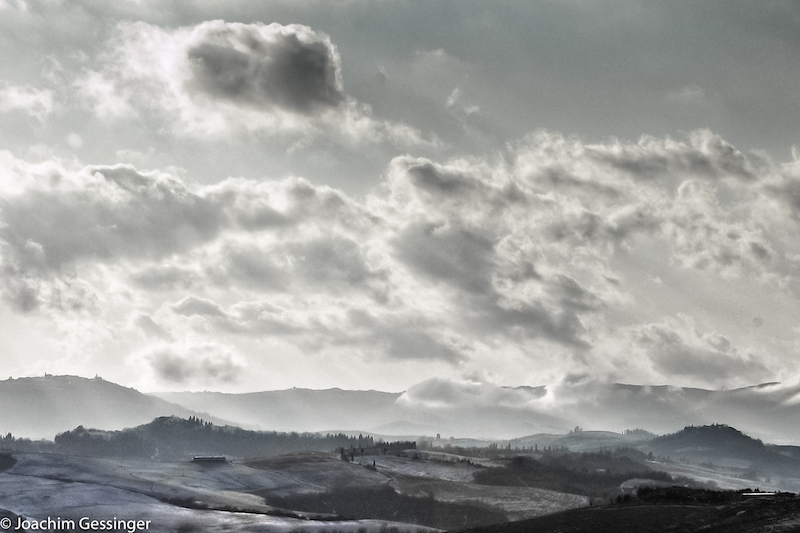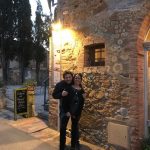Landscape photography is a fine thing. You don’t have to ask permission to be photographed. It doesn’t complain when it’s wrinkles become visible. Landscape does not run away if you want to photograph it but you have to do some scouting to be able to photograph it.
With today’s digital cameras, it is almost impossible to take a technically unsuccessful photo, but it requires good photography and careful computer development to produce a technically perfect photo. In this respect, there has not been much change compared to the analogue age. What used to be the darkroom is nowadays the specialized programs for image processing. I have been lucky enough to have had a darkroom for years and now I am able to use the techniques I learned at that time.
But a technically good photo is not per se a good or even outstanding photo. In my opinion, the photographer’s eye and his willingness to approach the object of his or her desires regardless of weather, difficult terrain, time and other commitments is decisive. Especially here in this beautiful landscape, it is important to find the right place to reconcile imagination and reality. A location that produces long shadows and strong colours and contrasts in the morning backlight shows flat surfaces at noon and matt light in the evening. While shortly before sunset the clouds are transparent in front of the sun and the sky is sometimes too colourful, the landscape to the east is almost colourless and without contours.
You might ask yourself why in my pictures there are no people to be seen. There are two reasons for this: If people were in the pictures, they would be so small that you would have to hang a magnifying glass next to each picture in order to recognize them. This tells us something about the differences in the dimension of landscape and people, but perhaps also about the importance of landscape and people. If there were people in these landscapes, they would automatically attract the viewer’s attention and thus disturb, if not destroy, the effect of beauty and sublimeness as it was called in the 18th century.
The second reason: this landscape has been shaped as it is today by the labour of countless people over the centuries. It is a natural and cultural landscape. We all know that the stupidity or greed for profit of a few people is enough to destroy it. To depict this landscape in its beauty without people, at least creates the illusion that it is intact. And if these pictures lead those who look at them, to contribute to the preservation of this landscape, then I am satisfied as a photographer and environmentalist.
Taken from an introduction by Joachim Gessinger to a wonderful photographic exhibition in Camigliano, Montalcino on 1 October 2017 – ‘The land, the people and the traditions’ – which featured the work of our Montisi resident.
For further information please email photography@jgessinger.de
